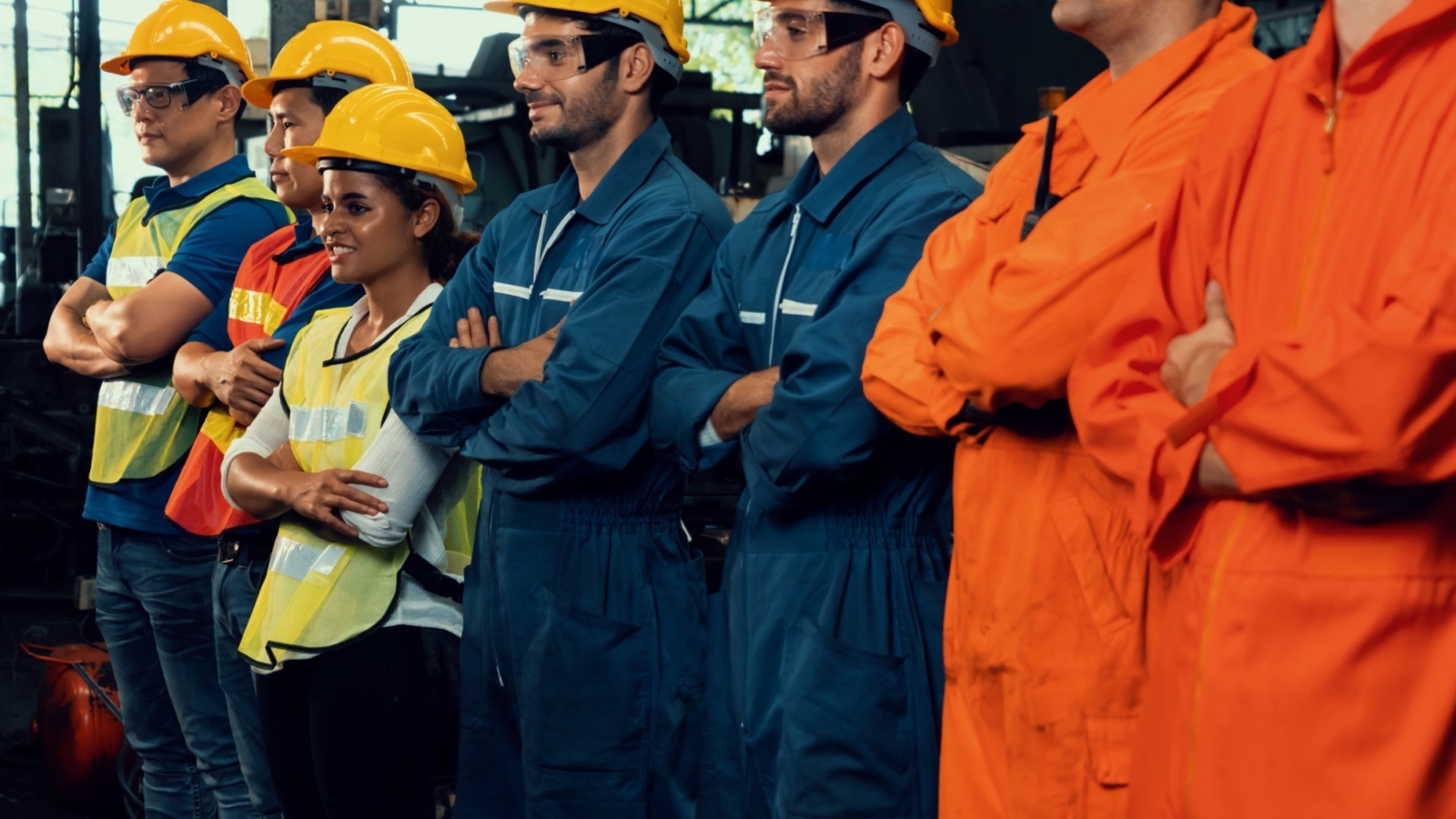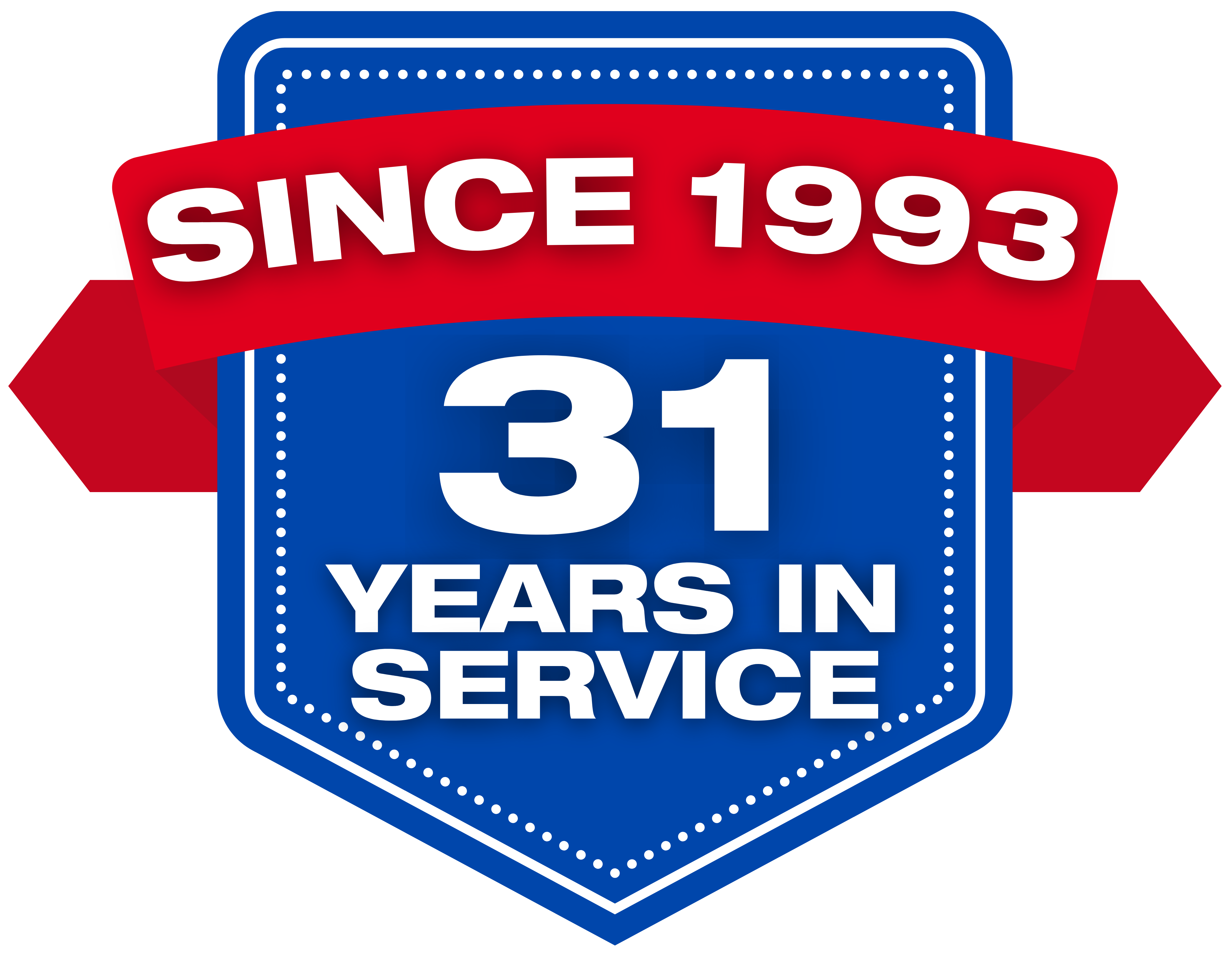Disaster Preparedness: Minimizing Impact through Proactive Planning

In today's unpredictable world, where natural disasters, technological glitches, and unforeseen crises can strike without warning, the importance of disaster preparedness is vital. Regardless of whether you're a homeowner, business owner, or community leader, implementing a proactive plan can greatly reduce the impact of disasters and facilitate a rapid recovery. In this blog, we explore the critical elements of disaster preparedness and proactive planning to safeguard lives, assets, and livelihoods.
Disaster preparedness entails foreseeing, planning for, and addressing emergencies or catastrophic events to lessen the risk of loss of life, property damage, and disruption of crucial services. It involves diverse actions, such as risk assessment, mitigation strategies, emergency response planning, and recovery tactics. Proactive planning enables individuals, organizations, and communities to foresee risks, pinpoint vulnerabilities, and implement preventive measures to reduce the impact of emergencies. Rather than reacting when crises unfold, proactive planning empowers stakeholders to limit damage and preserve lives.
Key Components of Proactive Disaster Preparedness
- Risk Assessment: Perform an exhaustive risk evaluation to pinpoint potential dangers and weaknesses unique to your location, industry, or surroundings. This might encompass natural calamities such as earthquakes, floods, hurricanes, tornadoes, or human-made occurrences like cyber-attacks, power failures, or industrial mishaps.
- Emergency Response Plan: Create a strong emergency response blueprint detailing roles, responsibilities, and procedures to adhere to in times of crisis. Incorporate evacuation routes, communication protocols, emergency contacts, and contingency plans for a unified response effort.
- Communication Strategy: Set up efficient communication channels to distribute vital information before, during, and after a disaster. Utilize various mediums like text alerts, social media platforms, and emergency broadcast systems to reach stakeholders and deliver timely updates.
- Training and Education: Allocate resources towards training programs and educational initiatives to bolster awareness of disaster preparedness and enhance response capabilities among employees, residents, or community members. Organize drills and simulations to assess the effectiveness of response plans and pinpoint areas for improvement.
- Infrastructure Resilience: Enhance the resilience of infrastructure by incorporating structural upgrades, redundancy measures, and backup systems to withstand disasters, including structural damage. This could entail reinforcing buildings, safeguarding critical utilities, and adopting renewable energy sources.
- Resource Management: Accumulate vital supplies, equipment, and resources for emergency response and recovery efforts. Keep updated inventory lists, establish robust supply chains, and forge partnerships with vendors to guarantee prompt access to goods and services during a crisis.
- Collaboration and Coordination: Encourage collaboration among government agencies, non-profit organizations, businesses, and community groups to utilize collective resources and expertise in disaster preparedness and response endeavors.
- Continuity Planning: Create business continuity plans to guarantee the continuous operation of essential services and functions both during and after a disaster. Identify key personnel, critical processes, and alternative facilities to maintain operations in challenging conditions.
Case Studies in Proactive Disaster Preparedness
Japan's Tsunami Early Warning System: After the 2011 earthquake and tsunami, Japan implemented an advanced early warning system that detects seismic activity and issues alerts to coastal regions within minutes. This proactive approach significantly reduced loss of life and property damage.
New Orleans' Flood Protection Infrastructure: Following Hurricane Katrina in 2005, New Orleans upgraded flood protection infrastructure, including levees and pumping stations. These proactive measures have enhanced resilience to future storms and minimized devastating flood damage.
While disasters are unavoidable, their effects can be lessened through proactive planning, readiness, and resilience. By committing to proactive disaster preparedness measures, individuals, organizations, and communities can notably decrease the human, economic, and social costs linked with emergencies. Let's remain vigilant, prepared, and united to construct a safer, more resilient future for everyone.
Join ALL-CLEAN USA’s PRIME Promise Today
Be ready for anything. After a disaster strikes, response is crucial. With the right team in place, recovery becomes achievable rather than frustrating.
ALL-CLEAN USA offers a program aimed at minimizing property downtime, income loss, and repair costs following a property loss event. The Emergency Agreement equips clients with the necessary tools to assess and control property risks effectively. It ensures immediate response by dedicated personnel committed to getting the property back online swiftly, regardless of the damage scale.
In the event of property damage, ALL-CLEAN USA guarantees full staff presence on-site within 24 hours. Best of all, the Emergency Contract is free, offering priceless peace of mind.
We've partnered with National Disaster Solutions (NDS) to provide our clients with cutting-edge disaster preparedness software: the PRIME Promise. This no-charge emergency response platform includes the NDS Emergency Response app (ERP), allowing clients to upload critical information like contact lists, facility systems, and logistical details. Customizable to each client's needs, the app can also incorporate floor plans, important documents, communication trees, and more.
Clients enrolled in our PRIME Promise program receive priority service during any disaster. The app's features enable our team to respond swiftly by leveraging crucial facility information, resulting in a smoother recovery process. With 3D imaging of critical systems, we can navigate through facilities digitally post-disaster, even referencing pre-disaster conditions. Using our Matterport camera system, we create a 3D blueprint of your facility for future reference, aiding in preparation and planning for potential severe damage.
Contact us today for immediate support and guidance in disaster preparedness. Let us be your partner as we work together to navigate through potential challenges, emerging with greater strength and resilience on the other side.


